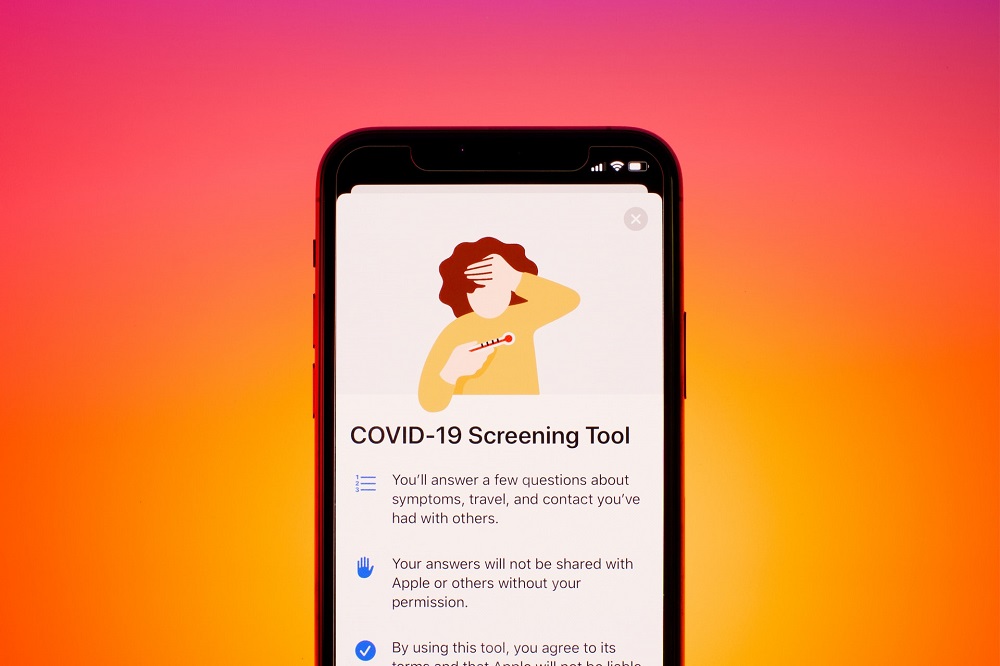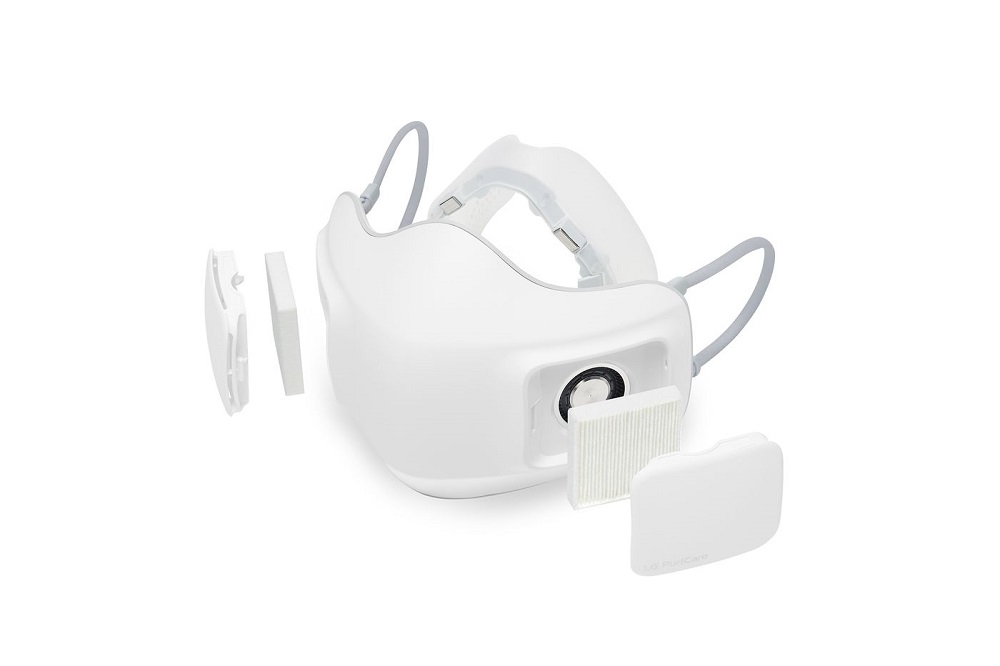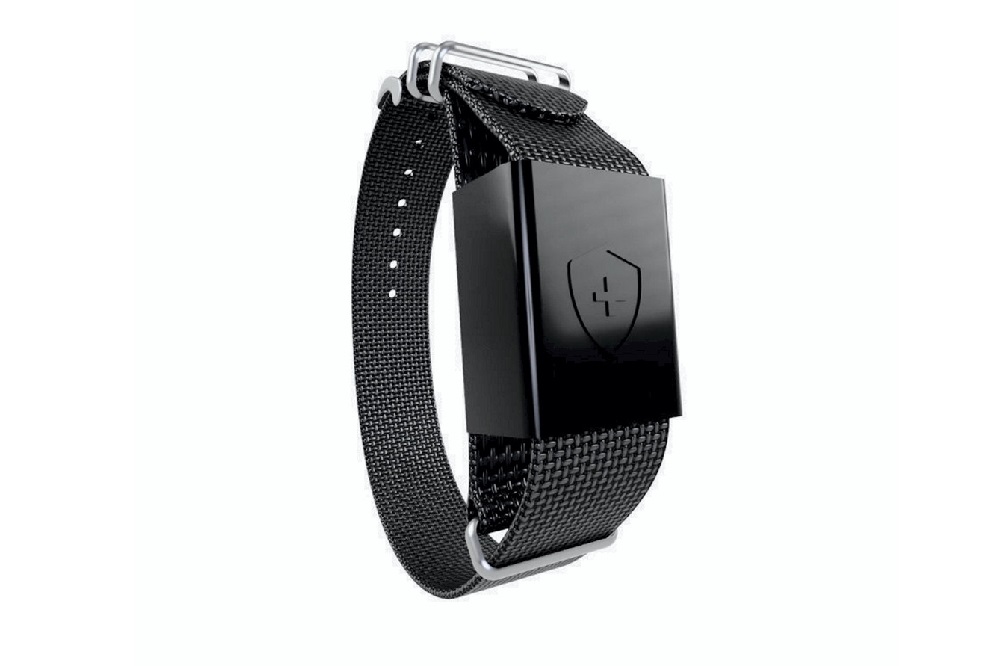
Before the world nearly bent the knee to the coronavirus pandemic, tech was already penetrating different economic sectors. Technology has changed the way we do many things in the past decade.
But the advent of the novel coronavirus – Covid-19 – also helped give birth to new technological innovations and solutions, and modifications of existing ones, that proved handy in helping people navigate the new reality better.
Here are some of the notable new technological innovations and solutions, and modifications, born as a result of the pandemic.
Contact Tracing Technology
In a rare partnership, Google and Apple, among the world’s largest tech companies, teamed up to build their coronavirus contact tracing software right inside their ubiquitous Android and iOS platforms. The tech uses Bluetooth, built right inside every smartphone out there, to tell if a user has been exposed.
Health providers can also use the exposure notification system to notify people who are at risk. Besides, covid-19 positive users can also use the system to alert everyone around them that they were exposed and tested positive anonymously.
This technology has been embraced in different parts of the world, helping fight the virus’s spread.
Anti-pandemic Robots
The pandemic spurred the need for specific robotics-powered solutions to aid in fighting the spread that had not been used before. Robots have been used to help reduce the exposure of health workers.
In Rwanda, the country deployed five robots that can screen 50 to 150 people in a minute. They could also help deliver food and medication to patient rooms, check the patient status, and report any anomalies to healthcare providers.
Most recently, Kenya has also added three ‘anti-pandemic’ robots to its pandemic fighting arsenal. These robots will aid in temperature screening, broadcast of health messages, disinfection, medical data capture, and ensuring individuals uphold required safety practices like wearing of masks – and in the correct way.
Robots have also helped enforce curfews in Tunisia, care for patients in pandemic-ridden Italian city, meal delivery to quarantined travelers in China, to name a few.
AI-enhanced video conferencing
It’s hard to ignore innovations incorporated in video conferencing platforms because the usage of such apps rose to an all-time high during the pandemic as people shifted to remote work, learning and communication.
While video conferencing has been around for quite some time, the industry was still far from offering good experiences. And there have been exciting innovations to this end.
NVIDIA launched Maxine, an AI-powered platform that helps improve video quality, reduce background noise, and adds an oomph to the overall experience in real-time by offering face alignment, real-time translation, and transcription.
Krisp is another handy AI-powered noise cancellation solution, compatible with dozens of apps, to help deliver better sound while talking via the internet.
Hand washing fact-checker
Apart from social distancing and wearing masks, governments and health organizations advised people to wash their hands with soap and water frequently. But washing hands effectively happens not to be everyone’s forte.
PathSpot developed handwashing hygiene machinery which can scan and tell whether hands are clean or not – in less than two seconds! The tool helps in fighting the spread of covid-19 by ensuring effective and frequent handwashing.
Ventilator Alternatives
One of the most high-demand gadgets, thanks to the pandemic, was the ventilator. Ventilators were needed to help covid-19 patients in critical conditions to breathe.
Prompted by the shortage of ventilators, Isinnova, an Italian tech startup, was inspired to produce makeshift alternatives by attaching a 3-D printed valve to a scuba-diving mask.
German carmaker, Mercedes Benz, also developed an alternative to traditional ventilators. The carmaker, in partnership with London University, produced continuous positive airway pressure (CPAP) machines that are less invasive than typical ventilators.
Battery-powered Face Mask
With wearing masks being commonplace after the onset of covid-19, South Korean tech company, LG Electronics, developed a new, better alternative.

The company’s PuriCare Wearable Air Purifier mask sports a new design to address problems associated with conventional face masks like breathing difficulties and fogged-up glasses. The mask also comes in tow with a case that disinfects it with UV light.
Immutouch wristband
Slightly Robot, a Seattle-based startup developed a wristband capable of detecting when a person is about to touch their face.

The Immutouch wristband doesn’t feature a fancy design, compared to dozens of alternatives, but with its gravity sensor and an algorithm, it can detect and buzz when a person is about to touch their face.
The handy wristband helps fight the spread of covid-19 by helping people avoid the heavily discourage the heavily discouraged practice of touching their face — specifically mouth, nose, and eyes, all key points through which the virus can enter the body.
The wristband was originally developed to discourage nail-biting and hair-pulling.
Follow us on Telegram, Twitter, Facebook, or subscribe to our weekly newsletter to ensure you don’t miss out on any future updates.


